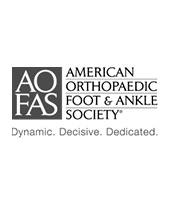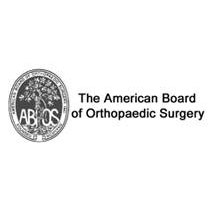Ankle Arthrodesis

Ankle arthrodesis is the surgical fusion of bones that form the ankle joint. The ankle joint is formed by the tibia, talus, and the fibula bones.
The goal of ankle arthrodesis is to relieve pain in the affected joint. This is achieved by surgically eliminating the joint.
Ankle arthrodesis is recommended for the treatment of severe end stage arthritis that has not responded to conservative treatment measures such as medications or injections. The other indications include ankle infections, neurological ankle instability, and tumors.
Ankle conditions should be evaluated for proper diagnosis and treatment. Accurate diagnosis comprises of a detailed medical history and physical examination. Imaging tests such as X-rays, Doppler Test, and MRI may be ordered.
Ankle arthrodesis can be performed as an arthroscopic or open traditional surgery. The approach for an open technique can be either from anterior (front) aspect or lateral (side) aspect of the ankle. The joints are then fused together with the help of screws, wires, plates, or rods. Bone grafting is recommended in cases of substantial bone loss. This is done using a graft taken from the patient (autograft) or donor tissue (allograft). The recovery time following fusion will depend on the technique employed and the health status of the individual patient.
The post-operative guidelines to be followed immediately after ankle arthrodesis include:
- Keep your cast or dressing dry and do not remove for the specified time given by your surgeon
- Avoid bearing weight on the operated ankle joint and use crutches or wheelchairs for a few weeks
- Elevate the foot above heart level to minimize swelling.
- Eating a healthy diet and quitting smoking will help with healing.
Ankle arthrodesis is usually a safe procedure and complications are uncommon. However, apart from general complications related to any surgery, complications after ankle arthrodesis can include infection, nerve damage, unresolved pain, non-union of bones, excessive swelling and stiffness, and irritation from foreign material such as pins or screws.










